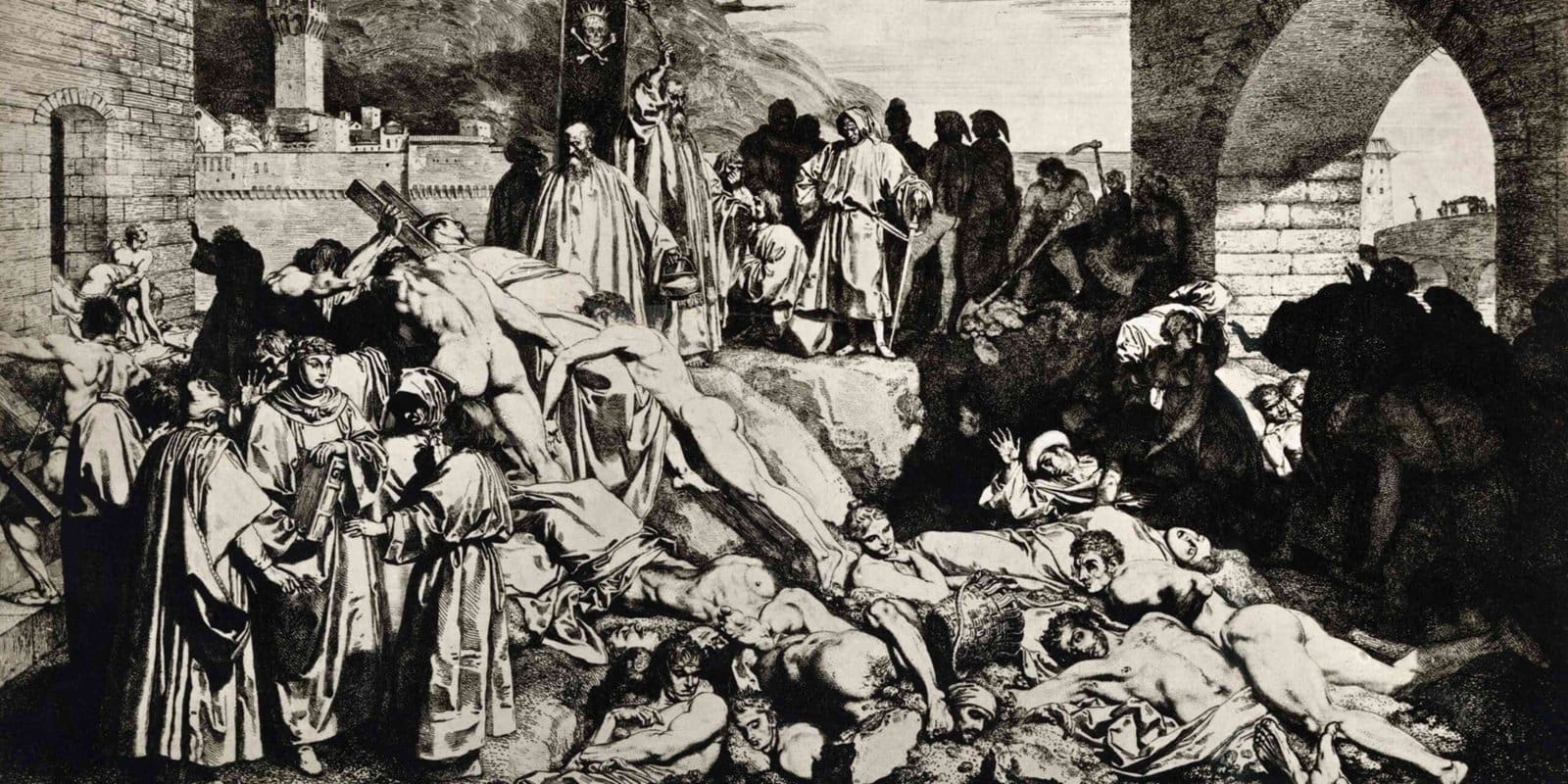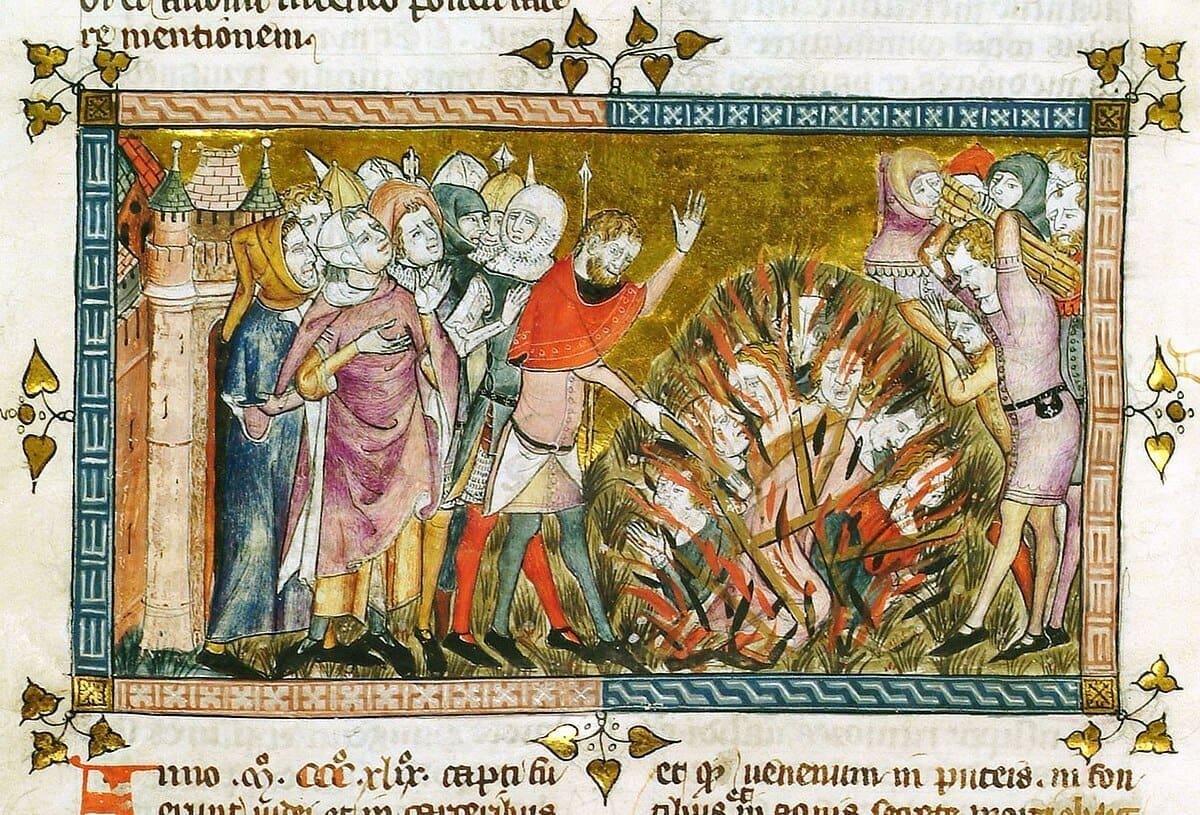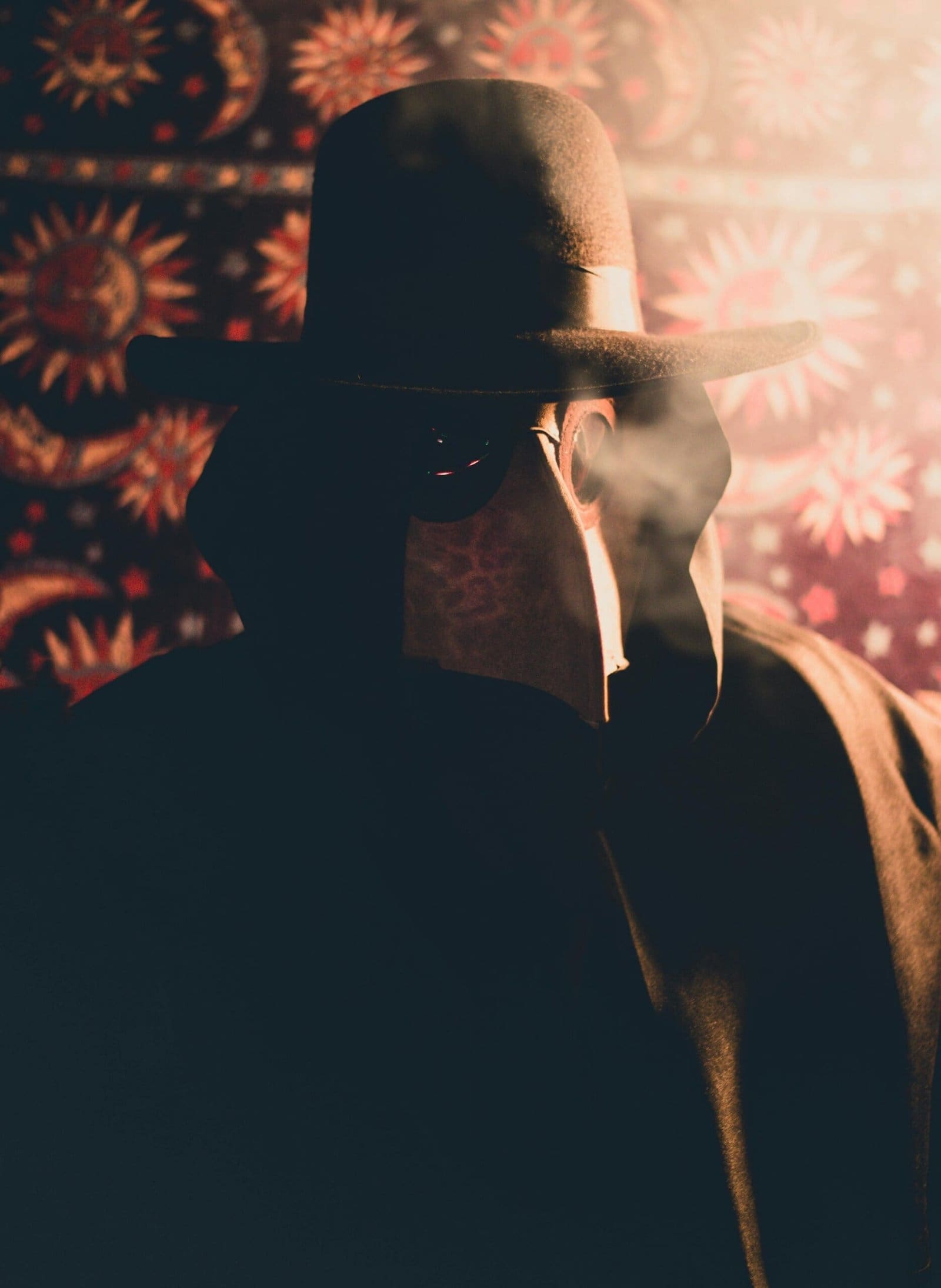Our world has seen its fair share of pandemics, but it wouldn’t be an overstatement to call the bubonic plague the medieval apocalypse.
Between 1347 and 1351, this plague, more infamously known as the Black Death, swept through Europe with terrifying speed, wiping out nearly half the population in many areas. It hit villages and cities alike, leaving mass graves in its wake.
Ironically, the Black Death didn’t just bring death. It rewired the very structure of medieval life. Lords lost their laborers. Priests lost their flocks. Markets emptied, and entire towns disappeared.
The consequences stretched far beyond the grave.
In this article, we examine how the plague disrupted existing systems and gave rise to new ones. From the fall of feudalism to early signs of scientific thought, the pandemic left a legacy of radical change. The darkest days of Europe gave way to a slow but unstoppable transformation.
The Scale of Collapse: A Continent on Its Knees
When the plague arrived in Europe via Sicilian ports in 1347, no one knew what hit them. Within months, it had spread across the continent. By the time it had run its course, up to 50% of Europe’s population was gone. That’s roughly 50 million people.
In some towns, there were no survivors left to bury the dead. Entire communities were wiped off the map.

The death toll affected every level of society. Nobles, monks, merchants, peasants—none were spared. It wasn’t uncommon for families to lose half their members within a week. Graves filled faster than they could be dug. In cities like Florence and Paris, carts piled high with bodies rolled through the streets daily.

People were terrified. They didn’t understand what caused the plague, and rumors ran wild. Some blamed poisoned wells, others thought it was divine punishment. This fear led to horrific scapegoating, particularly against Jewish communities, who were falsely accused of spreading the disease.

Who would’ve thought that the plague caused by flea-infested rodents would completely unravel the social fabric of medieval Europe?
Death of Feudalism: How the Bubonic Plague Broke the System
Before the onset of the bubonic plague, Europe was bound tightly by the feudal system.

Lords owned the land, and peasants worked it in exchange for protection and shelter. It was rigid, predictable, and had been in place for centuries. So, it’s unsurprising that the death toll also differed based on social rank.
Wealthy nobles avoided infection by fleeing cities for the countryside or isolating themselves indoors. Meanwhile, peasants suffered higher infection rates and had limited access to medical help, while the upper class hired doctors to treat their symptoms.
With the peasantry largely affected,
…there was such a shortage of servants, craftsmen, and workmen, and of agricultural workers and labourers…[that] churchmen, knights, and other worthies have been forced to thresh their corn, plough the land, and perform every other unskilled task if they are to make their own bread.
Peasants, realizing their newfound value, started to negotiate or simply walk away. Some even left their villages to seek better pay in the cities where they’re not bound to the lands of their lords.
These cities became magnets for the new workers. Artisans, merchants, and skilled tradespeople began to form a nascent middle class, especially in bustling trade hubs like Bruges, Florence, and London. Economic diversification slowly took hold, reducing reliance on farming and feudal dues.
The old loyalty between lord and peasant broke down under economic pressure.
In a sense, the bubonic plague forced society to modernize. While feudalism didn’t vanish overnight, its foundations were permanently weakened. The once-unshakable pyramid of medieval class structure began to flatten, if only slightly.
This shift laid early groundwork for capitalism. The idea that wealth could be earned—rather than inherited—gained traction. In the words of British historian Philip Ziegler,
“…no one would to-day deny that the Black Death was of the greatest economic and social importance as well as hideously dramatic in its progress.”
Faith in Crisis: Religion Shaken, Reform Awakened
If the Church was the rock of medieval life, the bubonic plague turned it into sand.
People had trusted in divine protection. But when prayers failed and priests dropped dead like everyone else, confidence crumbled. The Church lost thousands of clergy, and many replacements were underqualified or corrupt.
This created a spiritual vacuum. Some people turned to extreme movements like the flagellants, who whipped themselves in public to atone for humanity’s sins. Others embraced mysticism or turned bitterly against religion altogether. Superstition ran rampant.
Medieval Christian and Muslim responses to the plague were deeply influenced by religious beliefs and regional superstitions. Without the scientific method, people explained the disease through historical narratives that aligned with their faith. Scholar Norman F. Cantor comments:
“The scientific method had not yet been invented. […] With their fervent historical imagination, medieval people were very good at giving diachronic explanations for the outbreak of bubonic plague.”
These religious narratives shaped even empirical observations, such as beliefs about whether the plague was contagious.
Anti-Church sentiment also simmered beneath the surface, especially as religious leaders failed to explain or control the plague. This disillusionment didn’t die out. Instead, it planted seeds for future upheavals such as the Protestant Reformation a century later.
Art, Medicine & Science: A New Way of Thinking
When life became a dance with death, art followed suit. Medieval paintings and carvings took a dark turn, featuring skeletons, grim reapers, and images of decay. The Danse Macabre (Dance of Death) became a common theme—reminding everyone that death came for all, rich or poor.

But in the shadow of despair, new thinking emerged.
Physicians began to track symptoms, record case studies, and test basic quarantine measures. In 1348, at the request of King Philip VI of France, the medical faculty at the University of Paris wrote a significant plague tractate. This is known as the Paris Concilium.
While the work approached the crisis from a philosophical and astrological perspective, many of its recommendations were medically sound. The faculty emphasized avoiding contaminated air as the best method of prevention and also advised the public on practical measures involving exercise, bathing, and diet to reduce the risk of infection.
Some of their recommendations include:
“He who wants to protect himself from this epidemic should choose air as clean and pure as possible; dry, with no mixtures of corrupting vapors…
Here’s another recommendation regarding bathing:
“…it is best to avoid taking a hot one because it relaxes and moistens the body. A hot bath should be rare, and rarer still for those whose body is replete.”
People also started questioning old ideas. The notion that disease was purely divine punishment began to fade. Instead, early theories about contagion and hygiene gained traction.
As horrible as the whole thing was, the bubonic plague sparked curiosity that forced people to confront the unknown. This consequently helped light the fuse for the later Scientific Revolution.
Out of Ruin, A New Era Begins
The bubonic plague decimated medieval Europe. But in the ashes of its devastation, something unexpected happened. Old systems collapsed and new ones inevitably emerged.
Feudalism cracked. Cities grew. Peasants found their voice.
This transformation came with fear, violence, and grief. But it also gave birth to resilience, innovation, and more importantly, reformation.
Centuries later, the echoes of those days remain. Our modern institutions—from science to labor rights—owe something to that painful period. It’s a reminder that even in the darkest chapters, humanity finds a way to evolve.
SOURCES:
https://www.britannica.com/event/Black-Death
https://www.history.com/articles/black-death
https://clas.ucdenver.edu/nhdc/sites/default/files/attached-files/entry_147.pdf
https://www.worldhistory.org/article/1541/religious-responses-to-the-black-death
https://digitalcommons.wayne.edu/cgi/viewcontent.cgi?article=1028&context=oa_theses





0 Comments